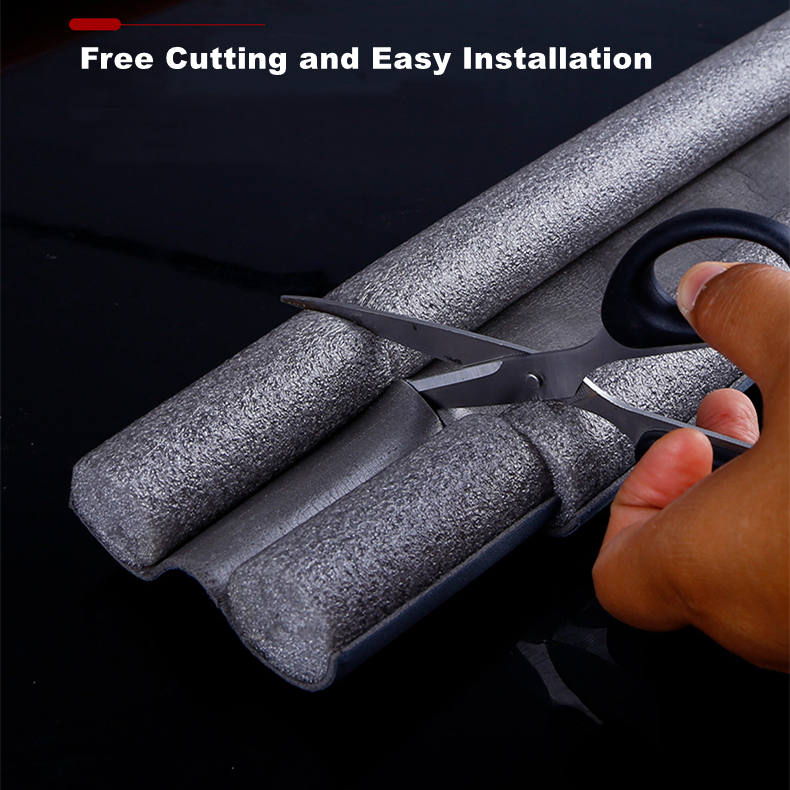Car Window Weather Seal Rubber Strip for Enhanced Durability and Performance
The Importance of Car Window Rubber Strips A Comprehensive Overview
When it comes to automobile design and functionality, many components play crucial roles in ensuring comfort and safety. Among these, the often-overlooked car window rubber strip is a significant part of vehicle construction. Not only does it contribute to the overall aesthetics of a car, but it also serves essential functions that protect both the car and its occupants.
What is a Car Window Rubber Strip?
The car window rubber strip, commonly referred to as the weatherstrip or sealing strip, is a flexible material located around the edges of car windows. It is typically made from materials such as rubber, vinyl, or similar compounds. This strip acts as a barrier between the window and the vehicle’s body, creating a seal that protects the interior of the car from various elements.
Key Functions of Car Window Rubber Strips
1. Water Resistance One of the primary functions of window rubber strips is to prevent water from entering the vehicle. They create a watertight seal that keeps rain, snow, and moisture outside, ensuring that the car's interior remains dry and comfortable. Without these strips, water ingress could lead to mold growth, damage to the upholstery, and corrosion of metal components.
2. Noise Reduction In addition to keeping water at bay, rubber window strips significantly reduce noise levels within the vehicle. They help dampen sounds from the outside, such as wind, traffic, and weather-related noises. This enhances the overall driving experience, making it more enjoyable for the driver and passengers.
3. Temperature Regulation The rubber strips play a vital role in maintaining the cabin’s temperature. By sealing the windows, they help keep the cool air inside during hot weather and retain heat during colder months. This not only improves comfort but also increases the efficiency of the car’s heating and cooling systems.
4. Dust and Debris Prevention These rubber strips act as barriers against dust, dirt, and other debris that can enter through the window seams. This is particularly important for keeping the interior clean and reducing the need for frequent cleaning.
car window rubber strip

5. Protection Against Vibration and Shock The flexibility of rubber window strips provides a cushioning effect that absorbs vibrations and shocks as the vehicle moves. This is especially beneficial during rough rides, as it helps to prevent rattling noises and keeps the windows securely in place.
Maintenance of Car Window Rubber Strips
To ensure that rubber window strips continue to perform their functions effectively, regular maintenance is essential. Here are a few tips
- Cleaning Use a mild soap solution and a soft cloth to clean the rubber strips periodically. This helps remove dirt and grime that can cause deterioration over time. - Inspection Regularly check the condition of the rubber strips for signs of wear and tear, such as cracks or brittleness. Early detection can prevent larger issues down the line.
- Lubrication Applying a silicone-based lubricant can help keep the rubber supple and prevent it from drying out, which can lead to cracking.
- Replacement If the rubber strip shows significant damage or fails to form a proper seal, consider replacing it. This can typically be done at a car service center.
Conclusion
Car window rubber strips may not be the most glamorous components of a vehicle, but their significance cannot be overstated. Their multifaceted roles in ensuring water resistance, noise reduction, temperature regulation, dust prevention, and shock absorption contribute significantly to the driving experience. By understanding and maintaining these vital components, car owners can enhance their vehicle’s performance and longevity, ensuring a safer and more comfortable ride for years to come. Whether you're a seasoned automotive enthusiast or an everyday driver, taking care of your car's window rubber strips is an essential part of vehicle maintenance that should never be overlooked.
-
Under Door Draught Stopper: Essential ProtectionNewsJul.31,2025
-
Garage Door Seal and Weatherstrips for ProtectionNewsJul.31,2025
-
Edge Banding Tape for Perfect EdgesNewsJul.31,2025
-
Table Corner Guards and Wall Corner ProtectorsNewsJul.31,2025
-
Stair Nose Edging Trim and Tile Stair SolutionsNewsJul.31,2025
-
Truck Bed Rubber Mats for Pickup BedsNewsJul.31,2025
-
Window Weather Stripping for Noise ReductionNewsJul.29,2025